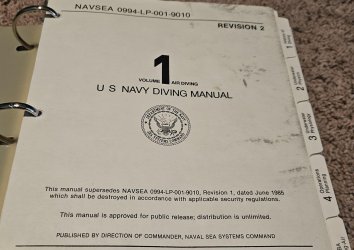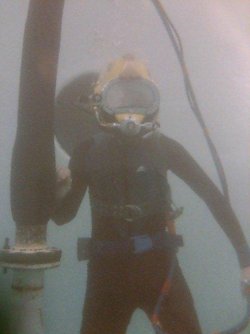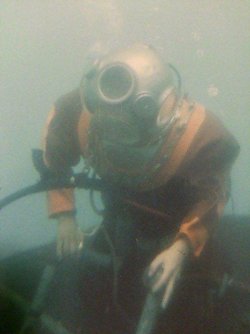Back in the late 1970's we were diving 10 miles off Panama city Florida and we had a girl run out of oxygen and her dive buddy shared her oxygen to the surface and both got the bends.The dive boat capt called emergency services and we met the coast guard 1/2 way to beach.
That was something I kept in my head and checked oxygen often from that point on!
Both girls stayed in the chamber for several hours and was taken to hospital for observation.I talked to them a few days later and they were ok.
Scary stuff!
Cohunt must have seen some wild stuff.Some divers off the Louisiana coast at an oil platform saw groupers as big as a volkswagon car.
That was something I kept in my head and checked oxygen often from that point on!
Both girls stayed in the chamber for several hours and was taken to hospital for observation.I talked to them a few days later and they were ok.
Scary stuff!
Cohunt must have seen some wild stuff.Some divers off the Louisiana coast at an oil platform saw groupers as big as a volkswagon car.



